US Supreme Court Weighs Trump’s Tariff Powers
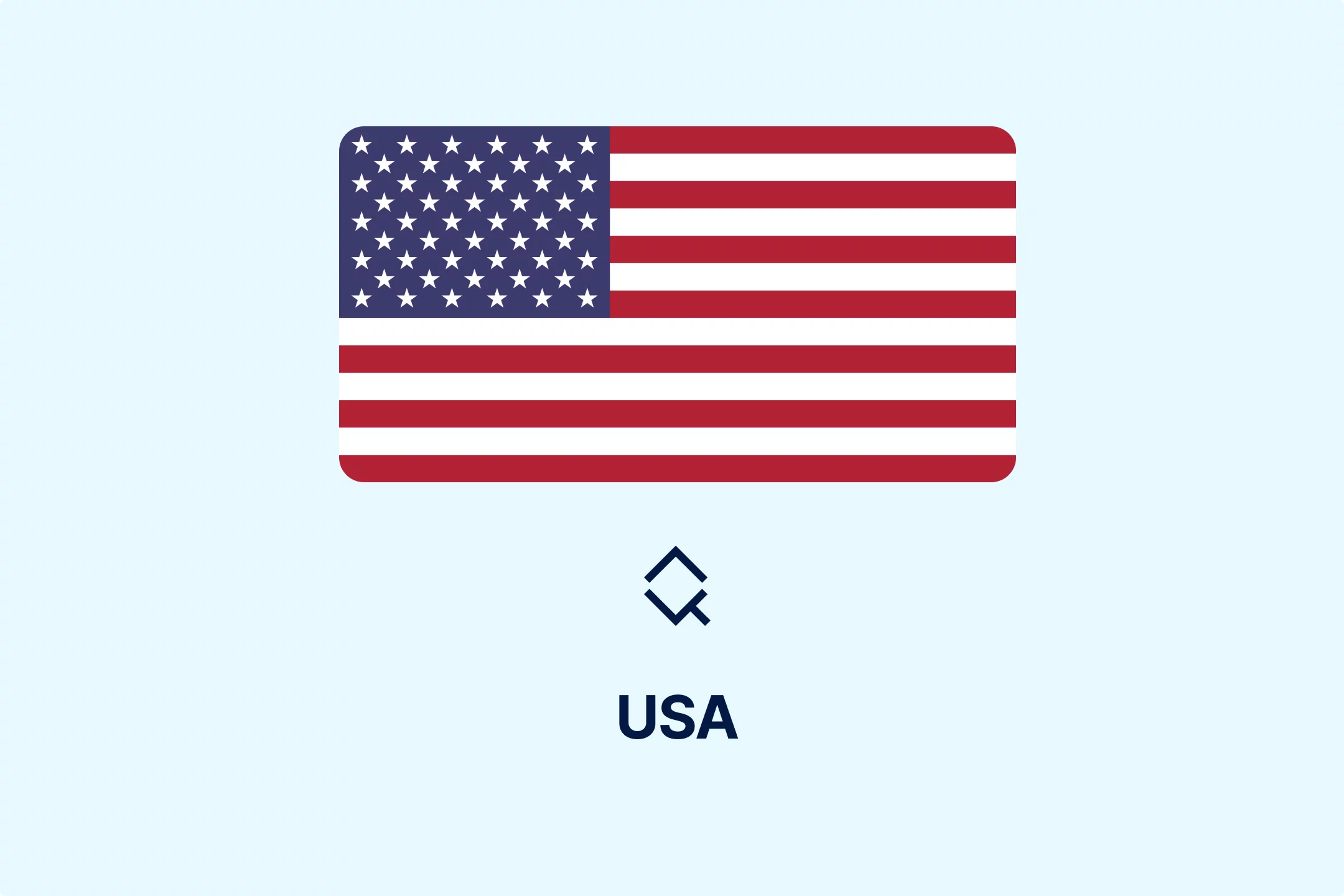
On November 5, 2025, the US Supreme Court held an oral hearing in which the parties in two consolidated cases presented their arguments regarding President Trump’s use of tariffs imposed under the International Emergency Economic Powers Act (IEEPA). The plaintiffs in these cases, including small businesses and several states, challenge the administration, arguing that it exceeded the powers granted by IEEPA and that the law was never intended to authorize such broad tariff measures.
Presented Arguments and Further Steps
The Trump administration argues that IEEPA grants the president broad authority to act during national emergencies, including the power to impose tariffs in response to perceived economic threats. As a direct consequence of such an interpretation, Trump’s April declaration of a national emergency cited harmful foreign trade practices as justification for the tariffs, framing them as necessary to strengthen the US economy and protect US workers.
However, during the hearing, several justices appeared doubtful of the administration’s interpretation of IEEPA, questioning whether the statute truly allows the president to reshape trade policy unilaterally under the disguise of emergency powers. Their arguments and questions highlighted both the nuances of the law’s interpretation and the broader constitutional implications of granting the executive branch such expansive economic powers.
Nevertheless, despite the harsh tone of the exchanges suggesting skepticism about whether the tariff program could withstand judicial scrutiny, the questions do not necessarily predict the outcome of this dispute. Regardless, the Trump administration is not sitting still and is exploring alternative legal frameworks that could be invoked to reinstate or replicate the contested tariffs should the Supreme Court ultimately rule against their position.
Conclusion
Given the significance and implications of the decision, its impact on the scope of presidential power over trade policy, and the future of Trump’s economic agenda, the final decision will be highly anticipated. However, all parties and the public will have to wait several additional months before the US Supreme Court announces its decision. Notably, the Congressional Budget Office estimated that maintaining tariff measures introduced between January and August 2025 would reduce federal deficits by approximately USD 4 trillion over the 2025 to 2035 period.
Source: Deloitte, Supreme Court, VATabout- California's Tariff Lawsuit Dismissed by US District Court: What’s Next?, VATabout - Federal Court Blocks Trump's Tariffs; Court of Appeals Pauses Ruling

Featured Insights

Angola’s E-Invoicing Mandate: Phased Implementation Continues Into 2026
🕝 December 10, 2025
VAT Deduction and Business Succession: When Do Advisory Costs Serve the Company’s Interest?
🕝 December 8, 2025
Europe’s Plastic Fiscal Shift: Why Italy’s Plastic Tax Now Starts in 2027
🕝 December 3, 2025
The Decline of Low-Value Import Exemptions: Closing Gaps in Cross-Border E-Commerce
🕝 November 20, 2025More News from United States
Get real-time updates and developments from around the world, keeping you informed and prepared.
-e9lcpxl5nq.webp)

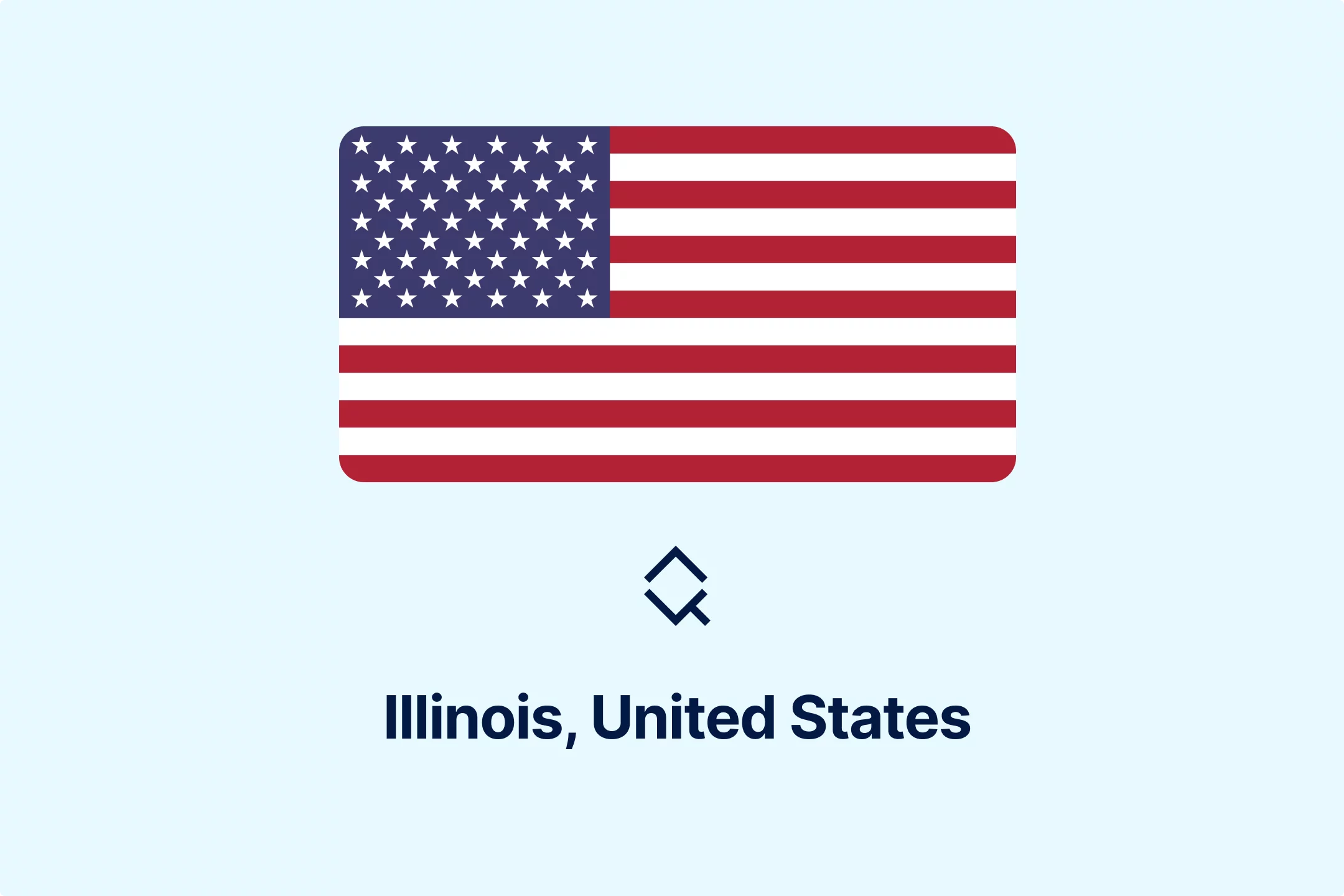
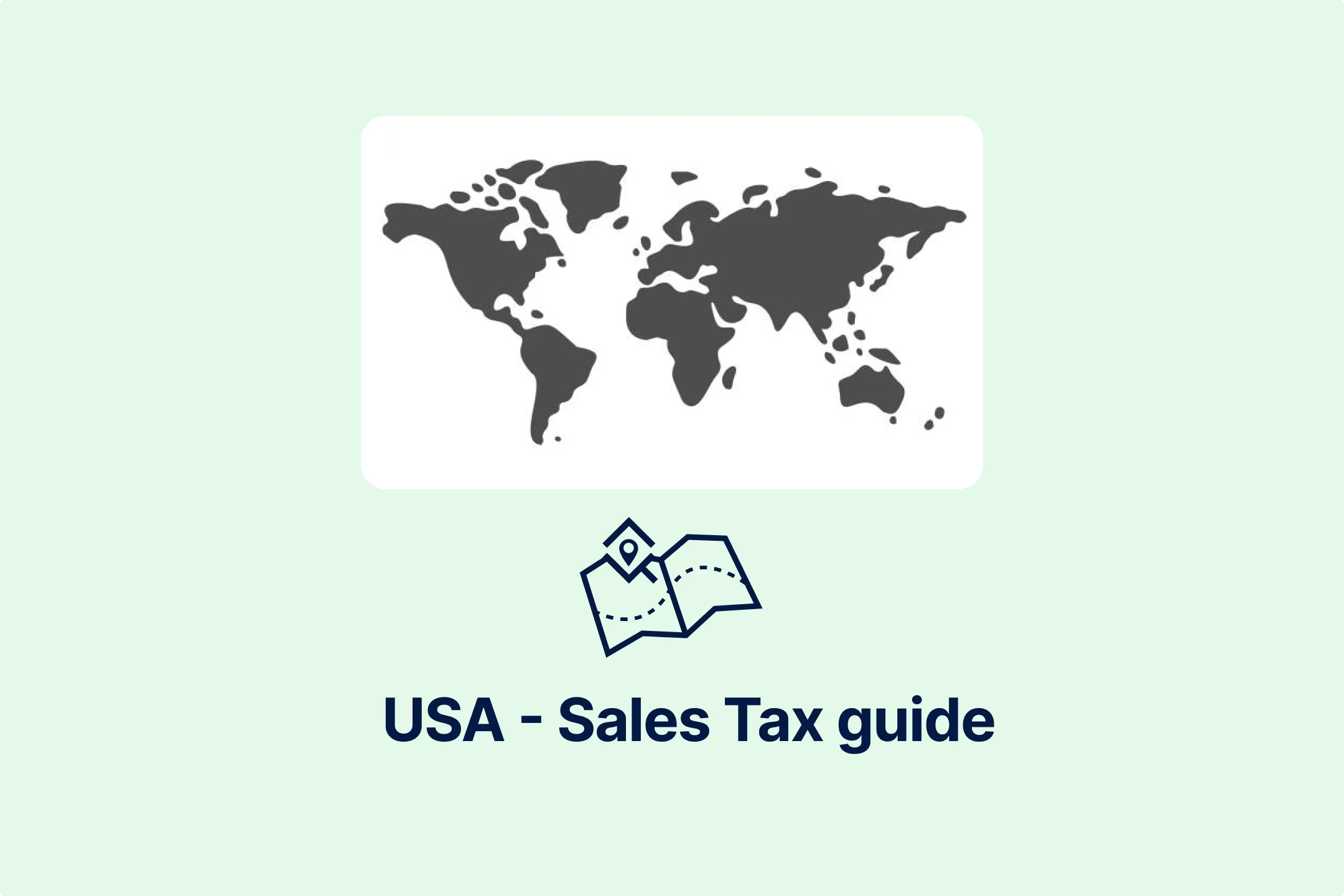

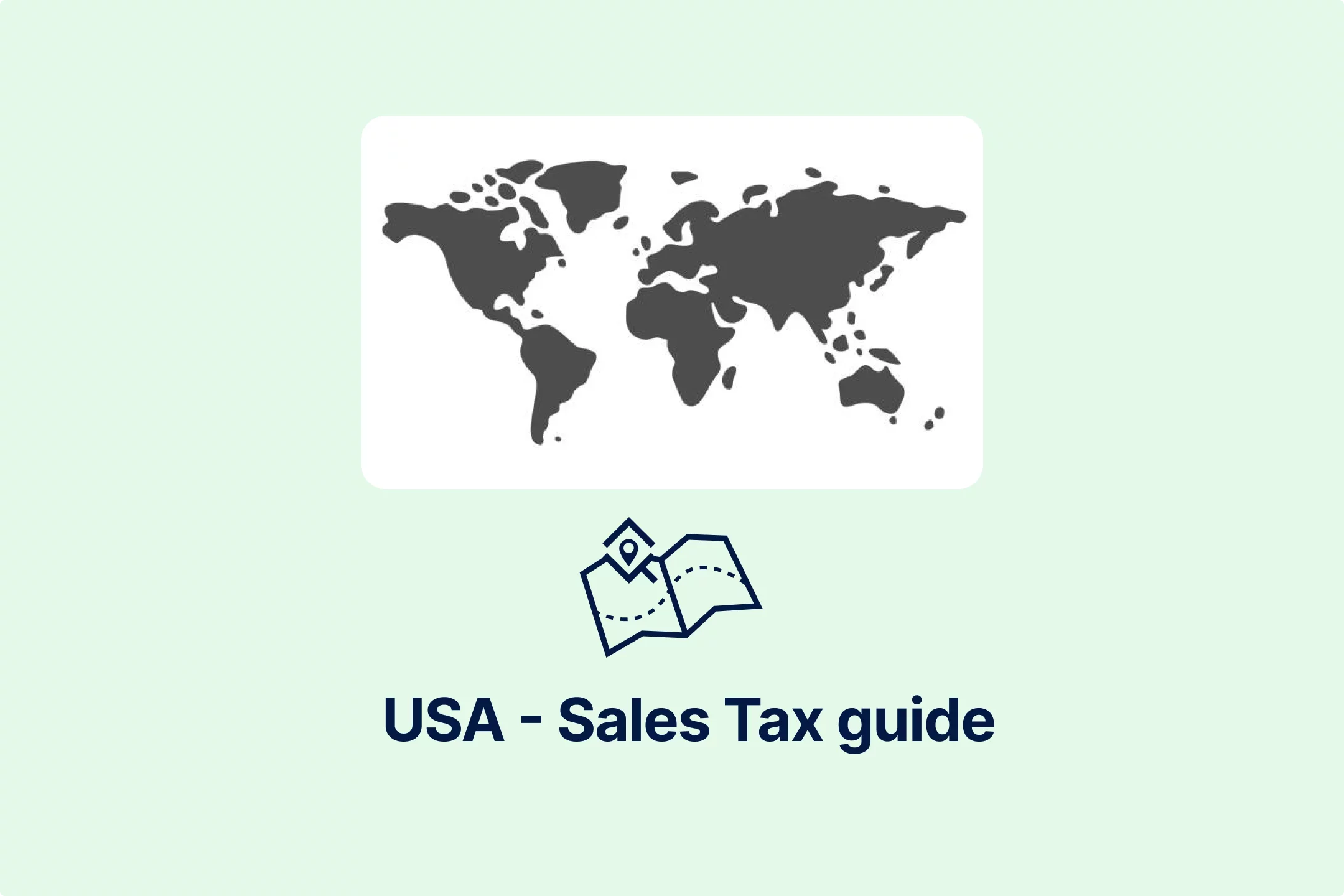
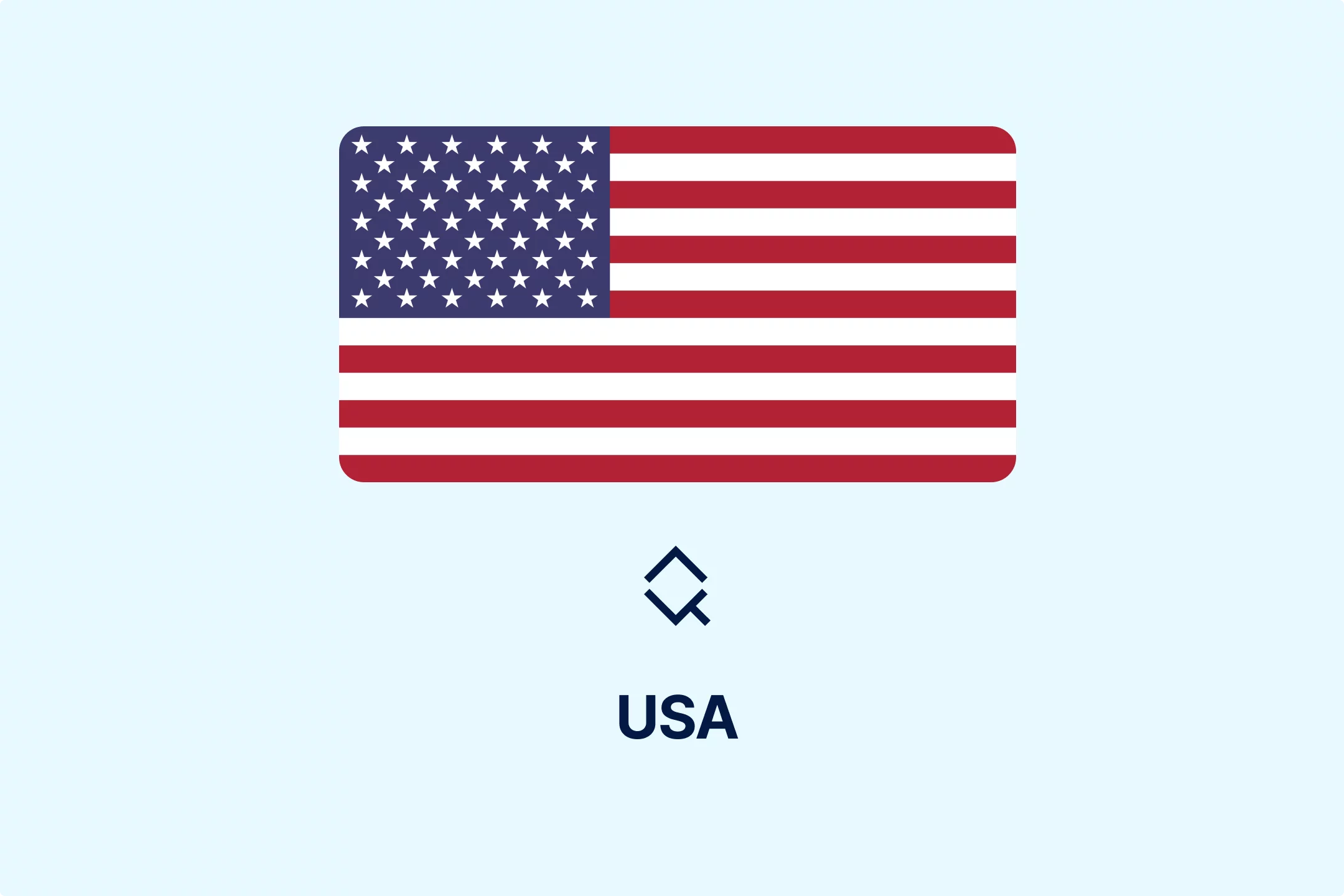

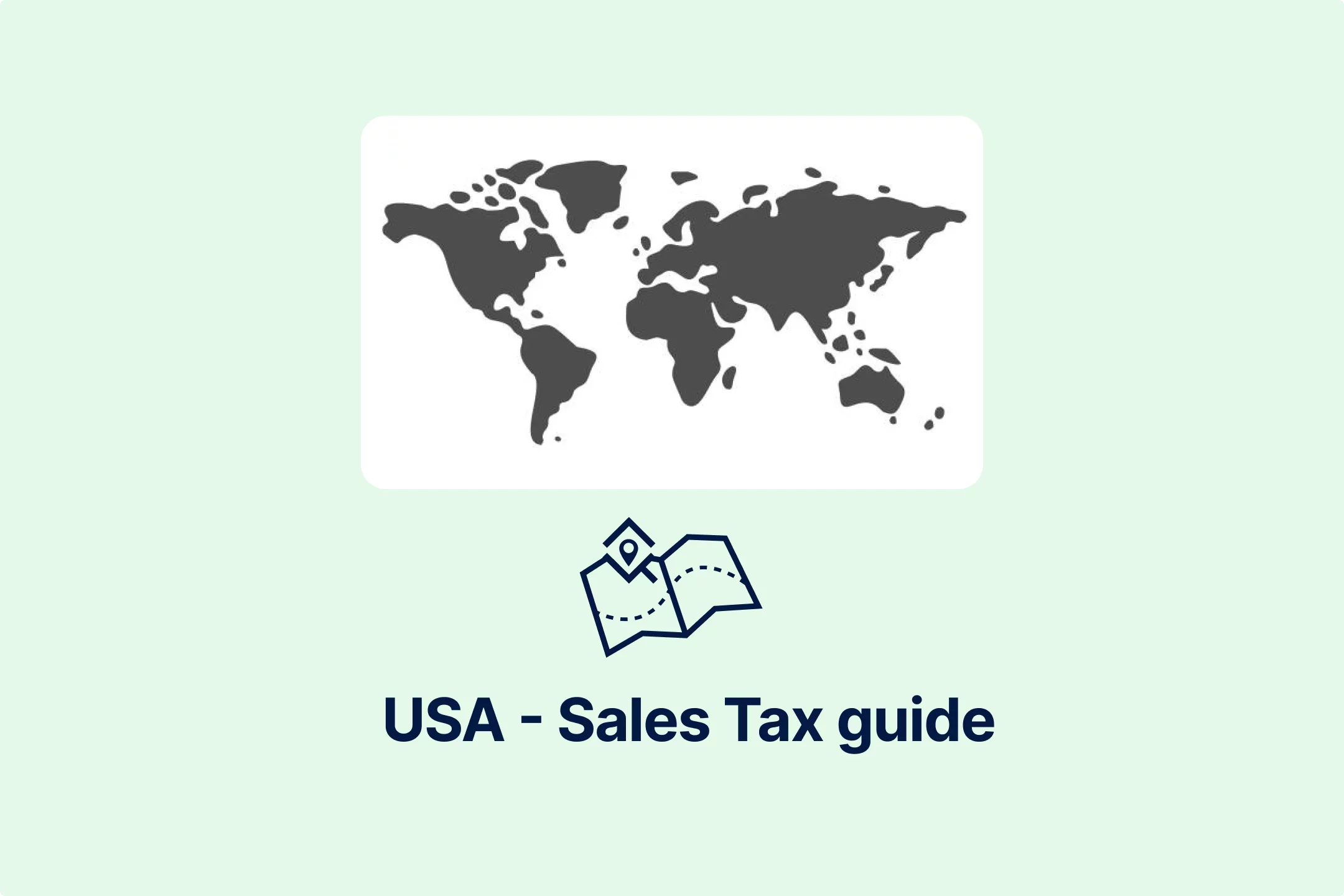


-sug7vykj81.webp)
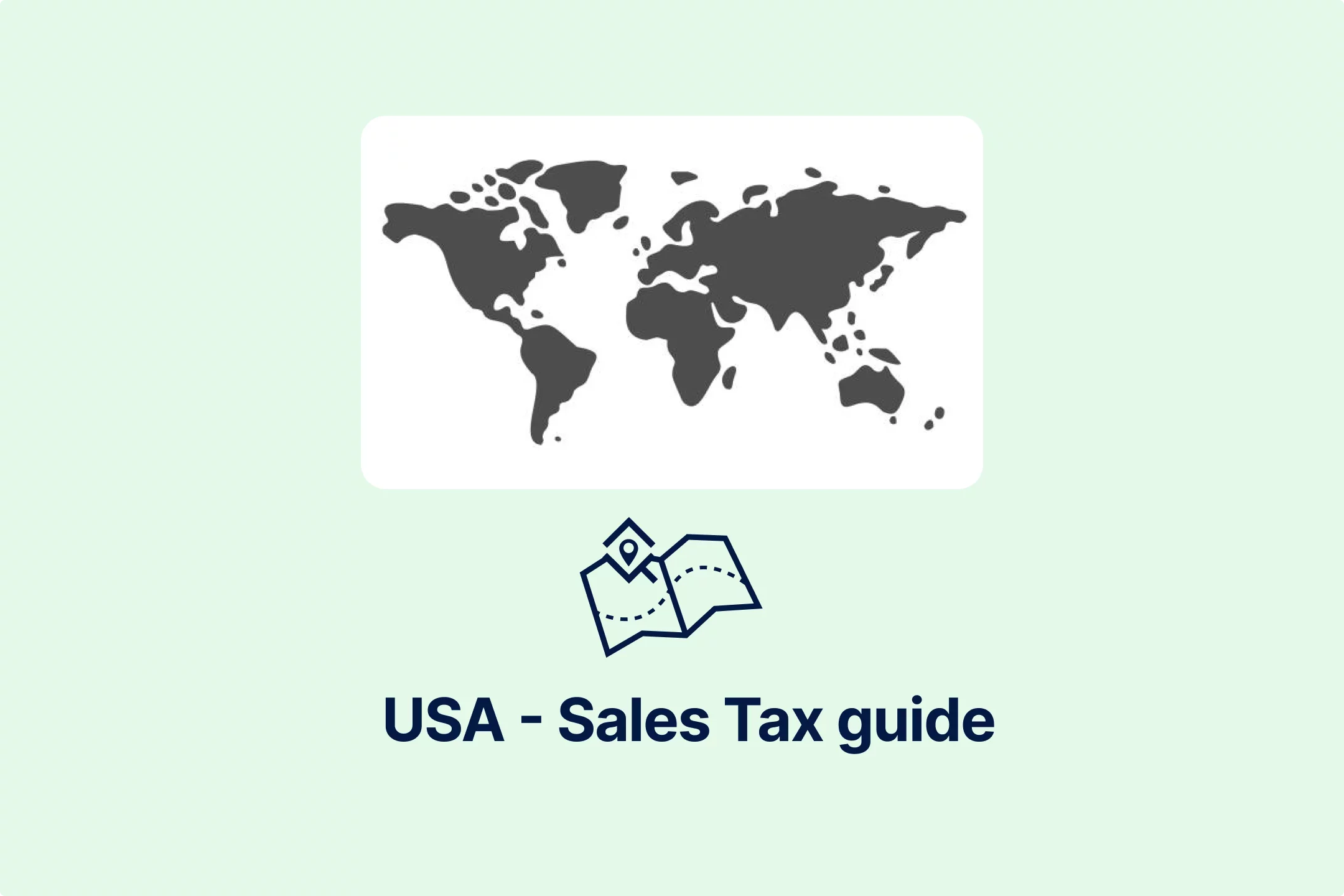


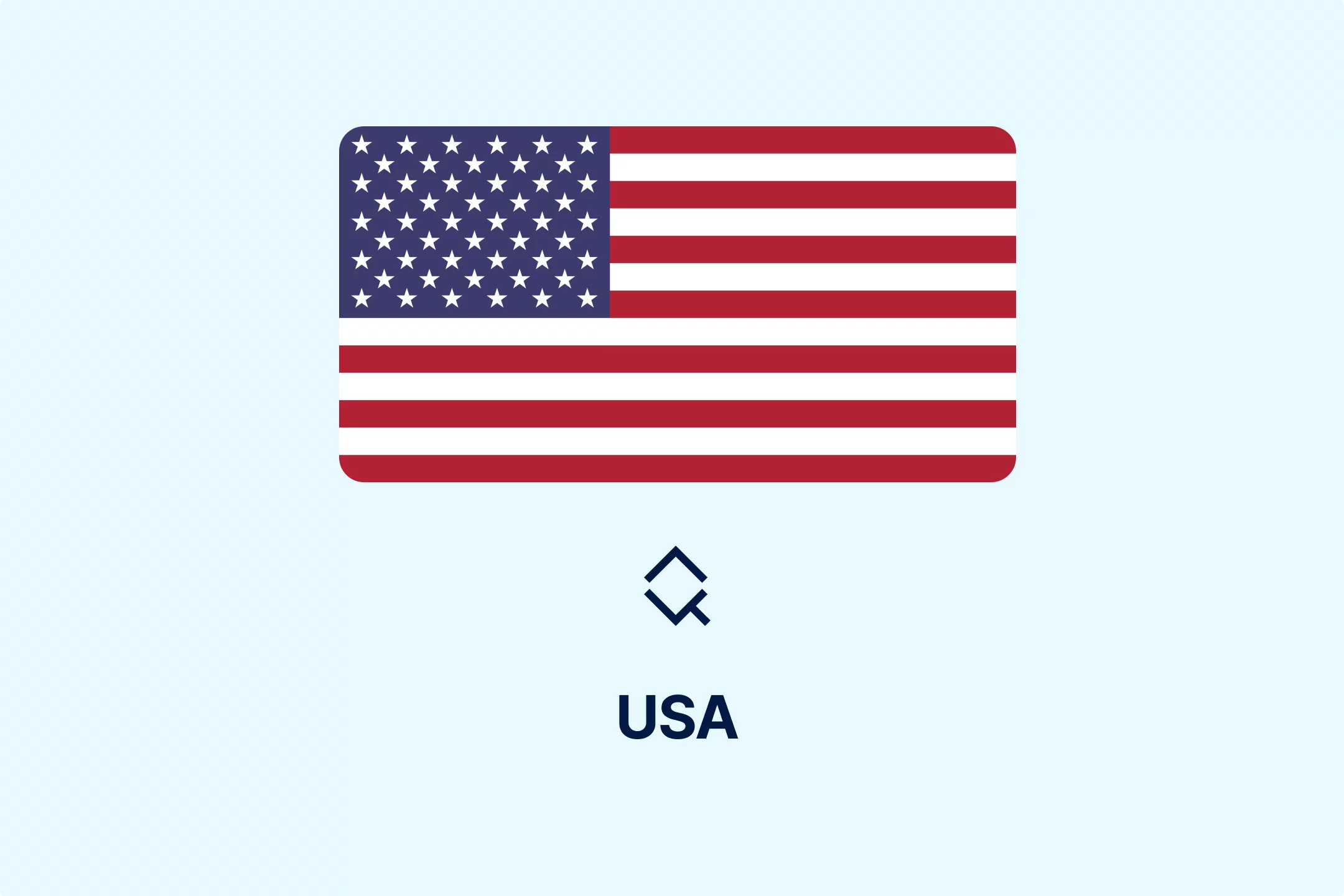

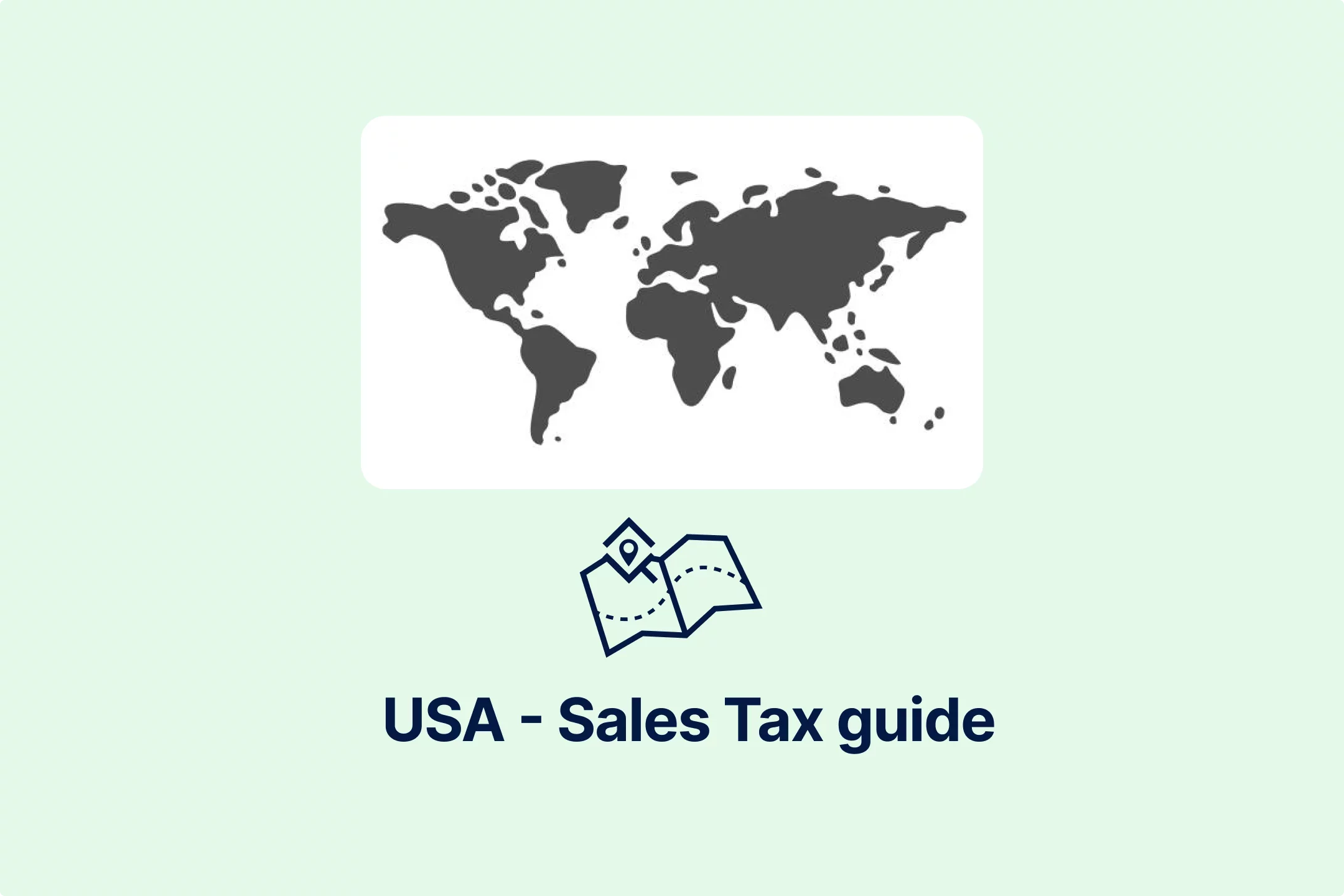


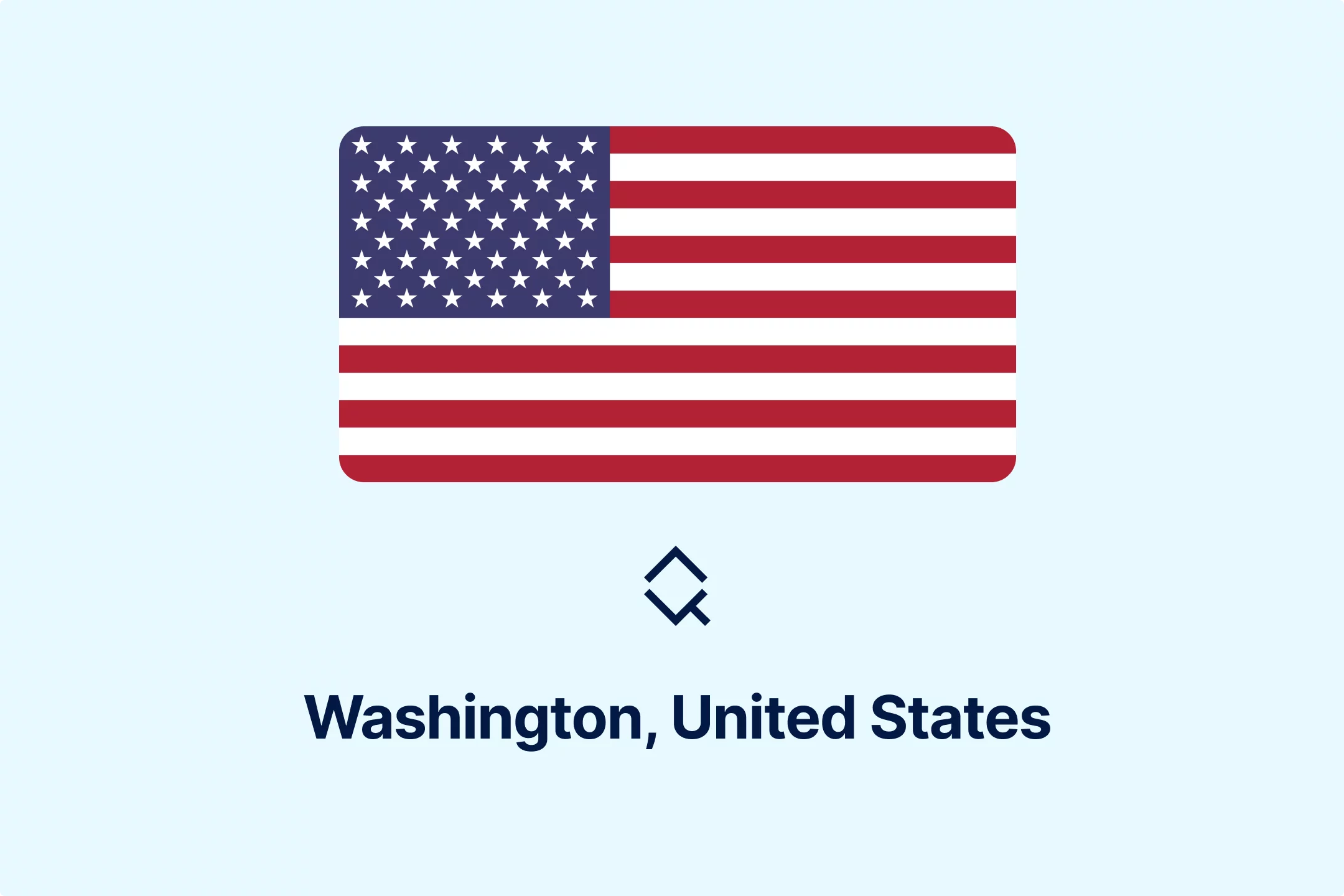


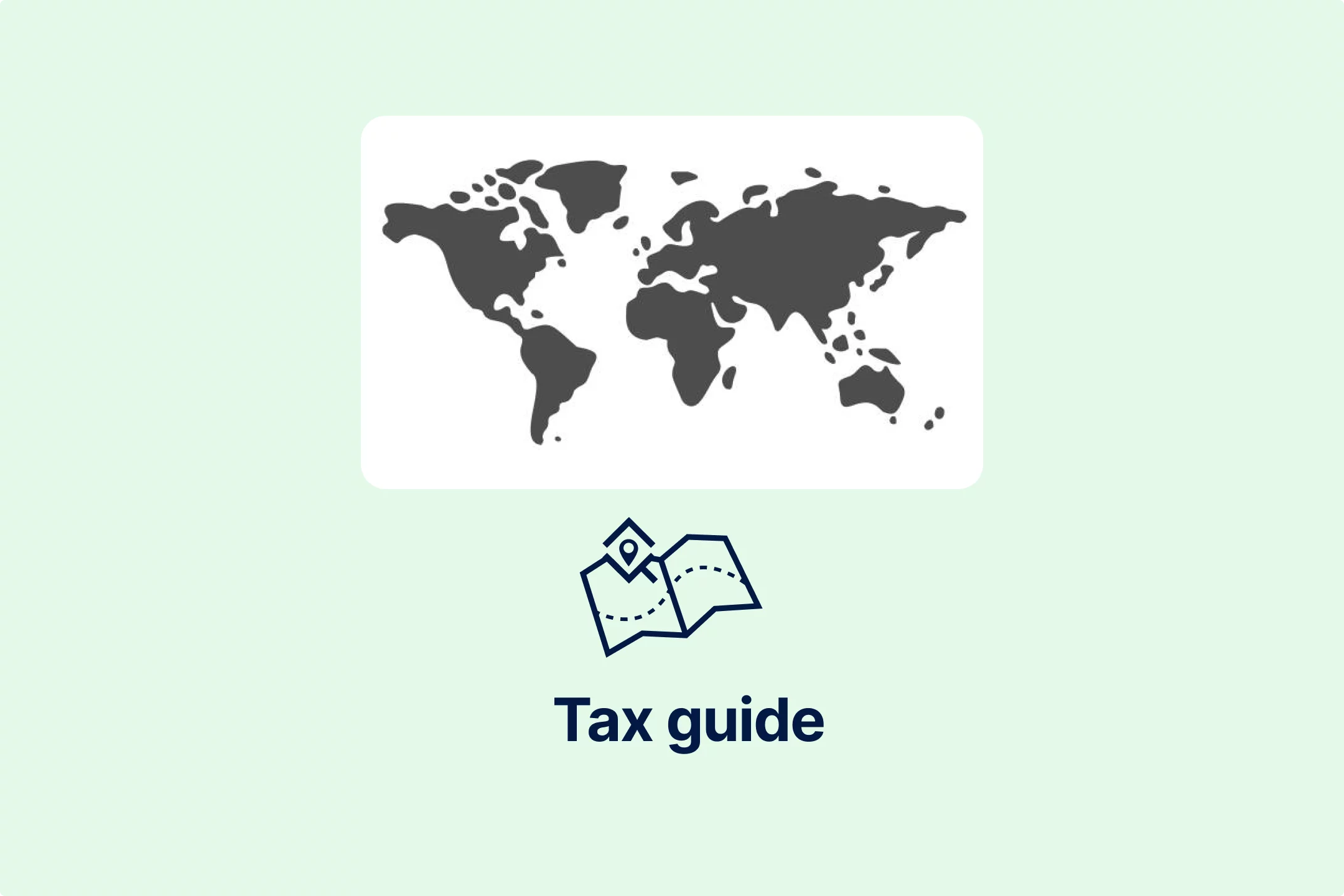


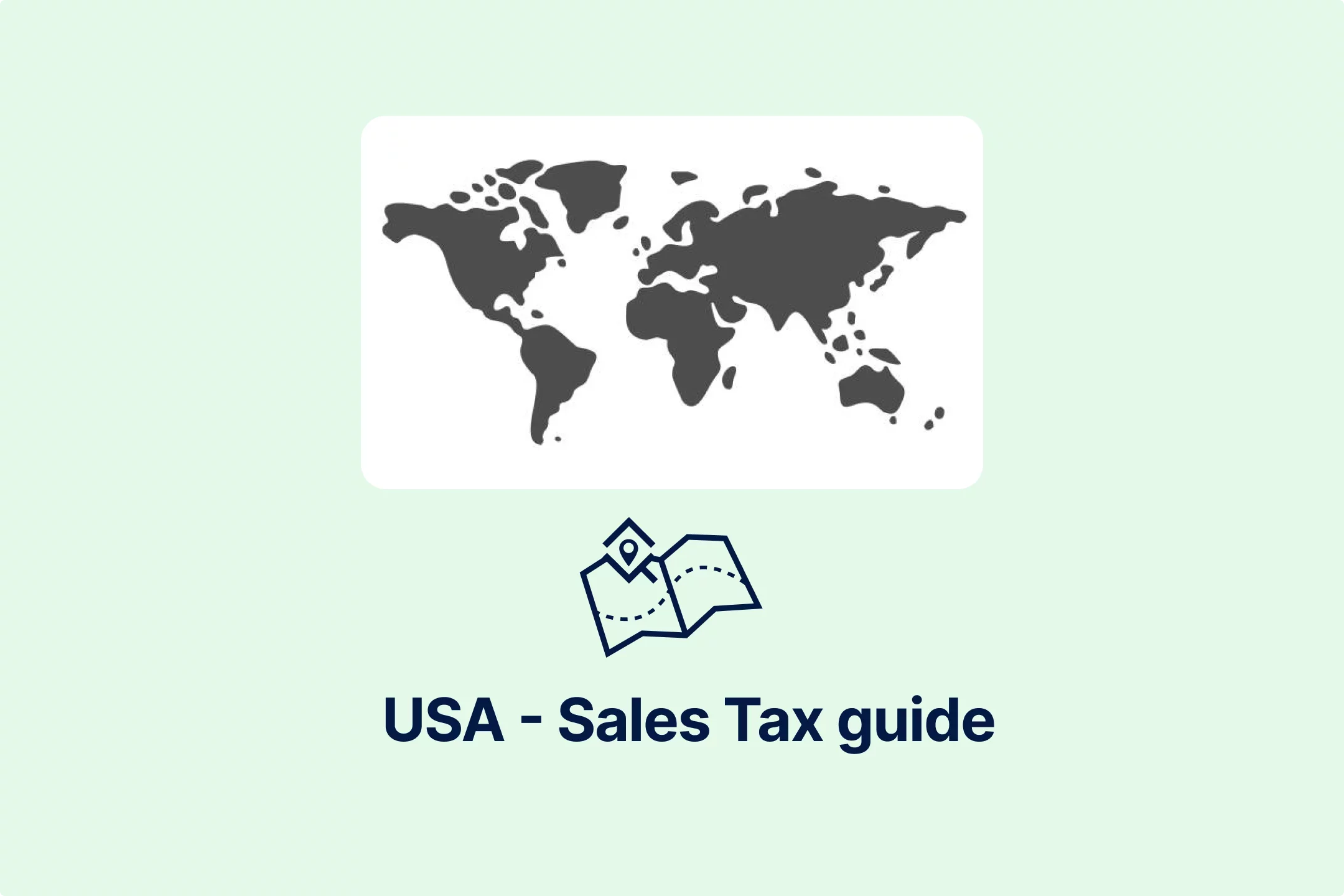
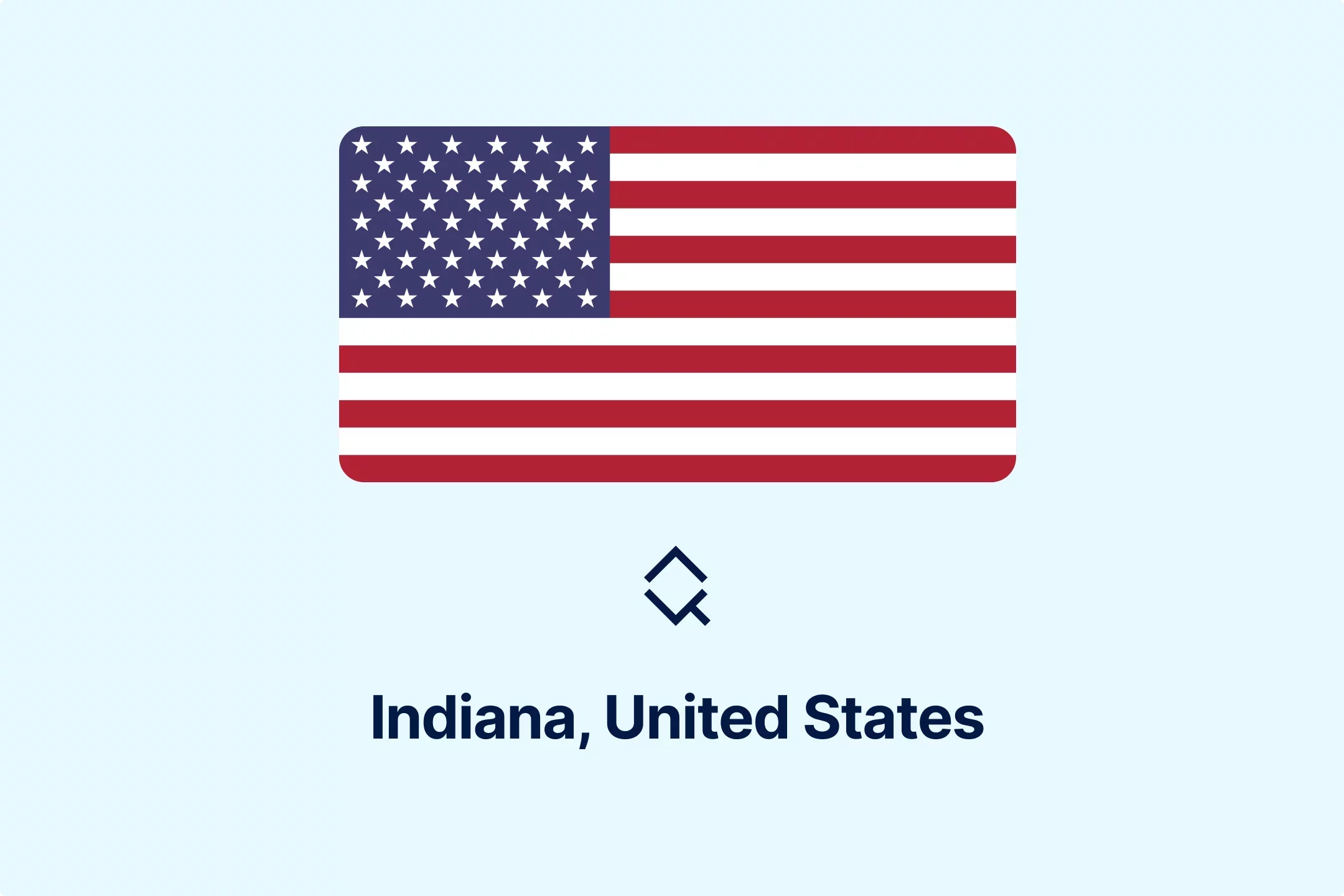
-pofe7ucwz3.webp)
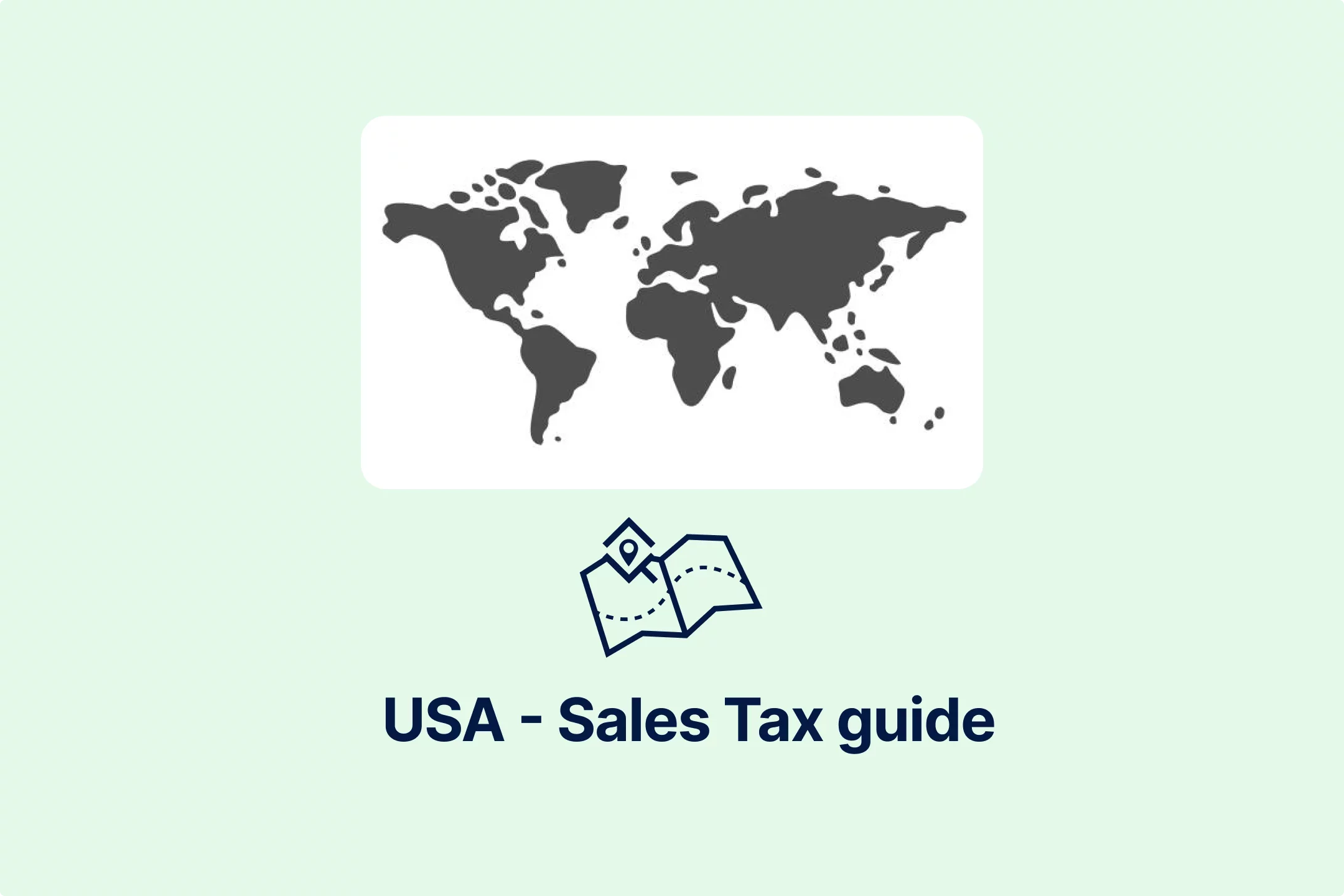
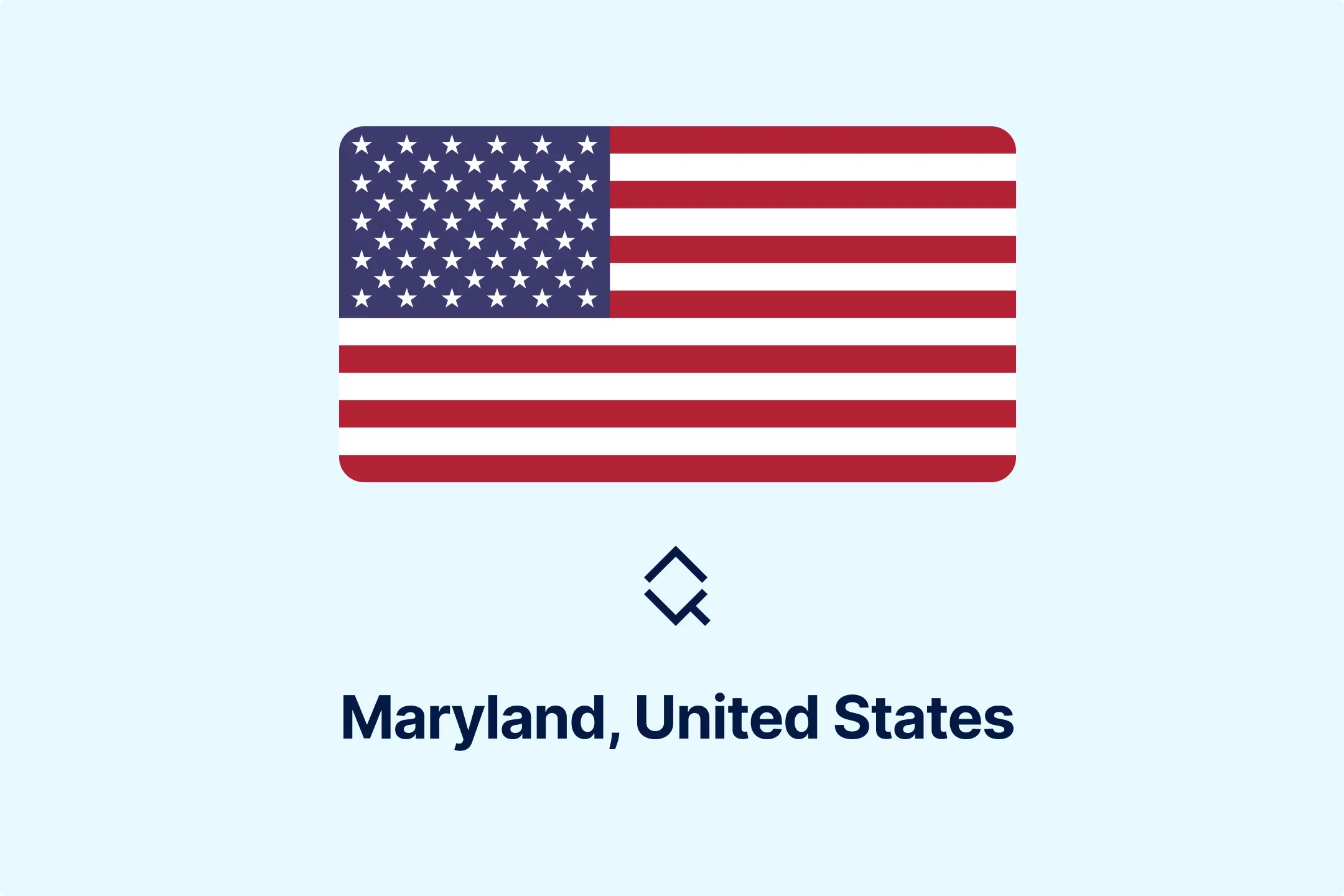


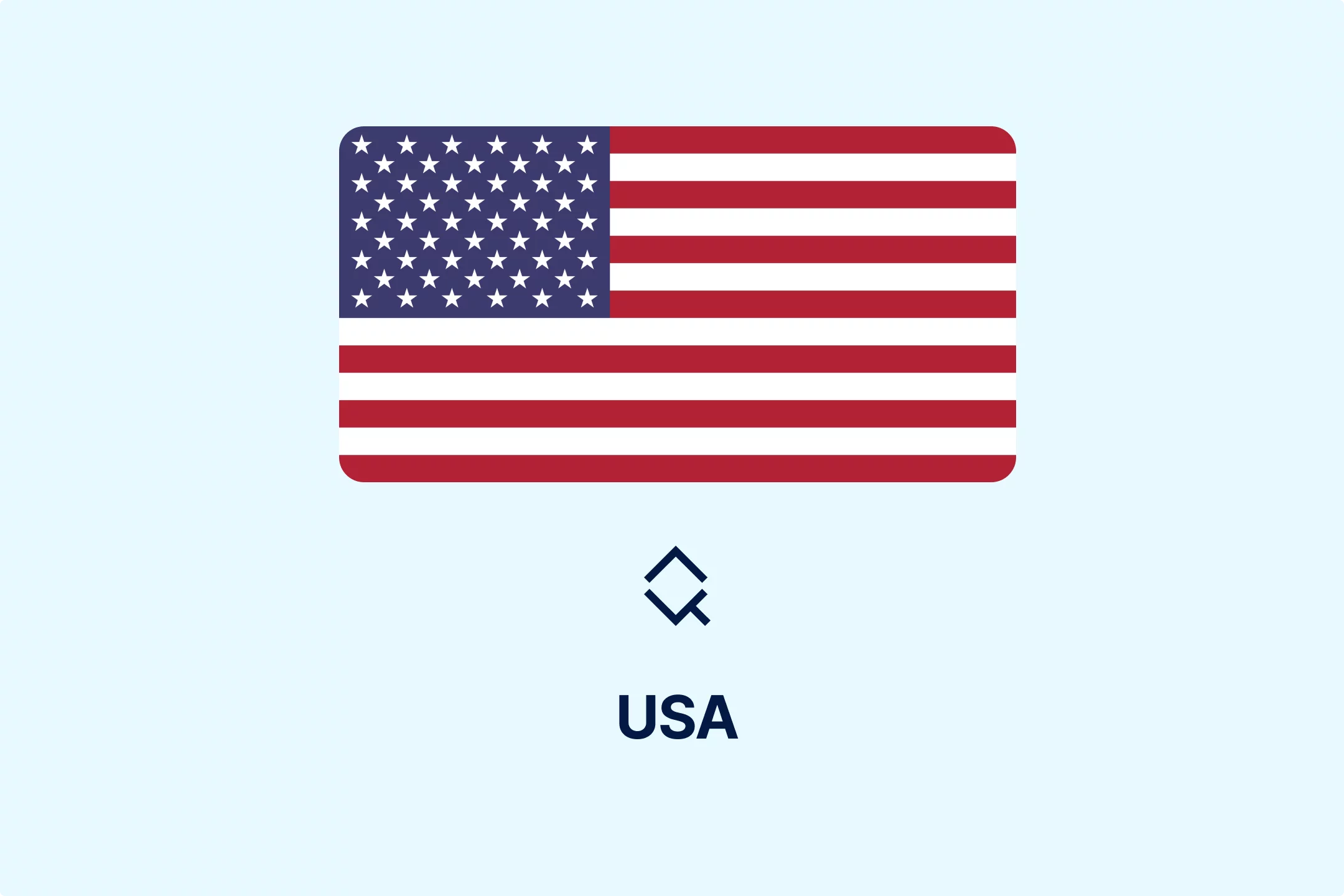

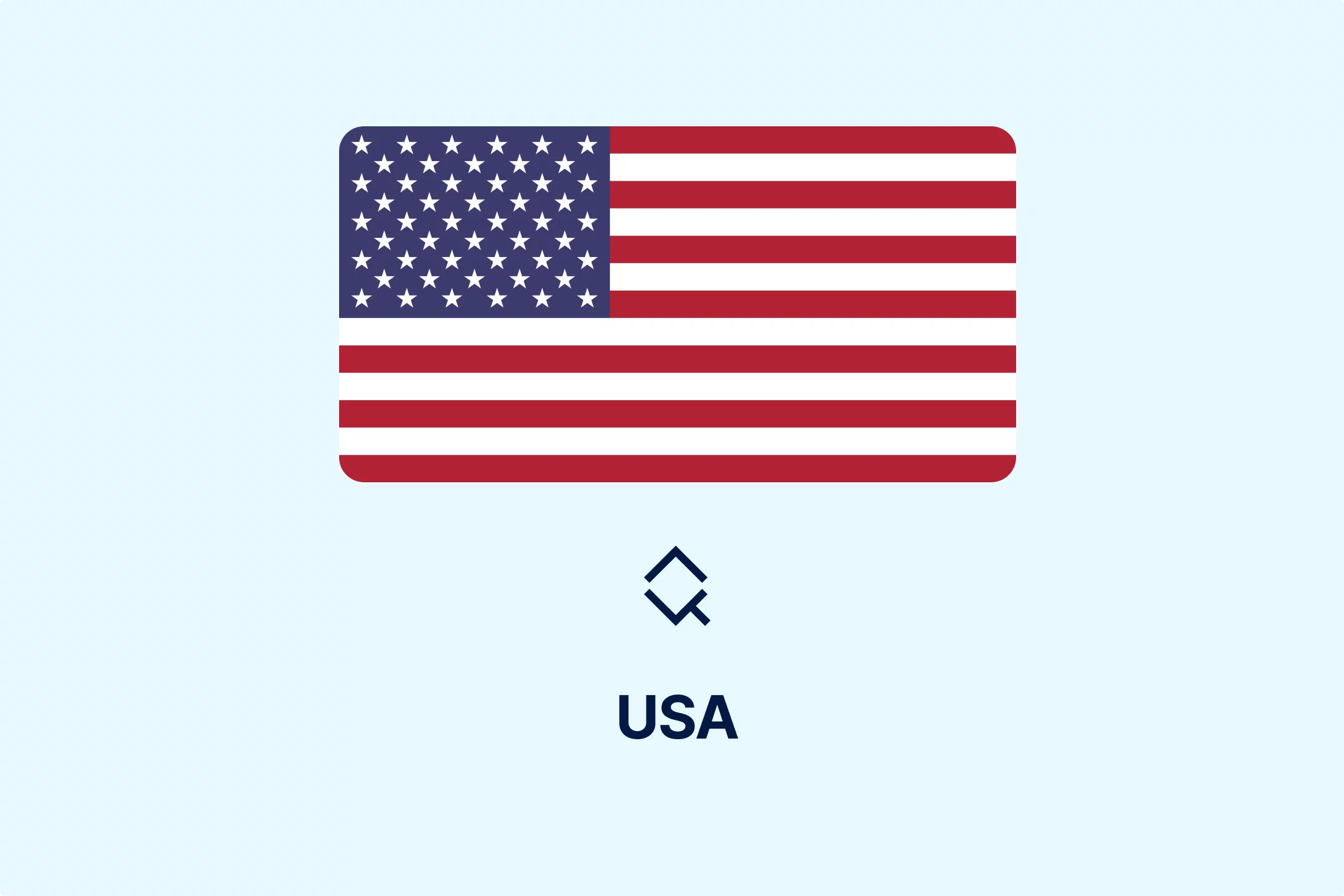
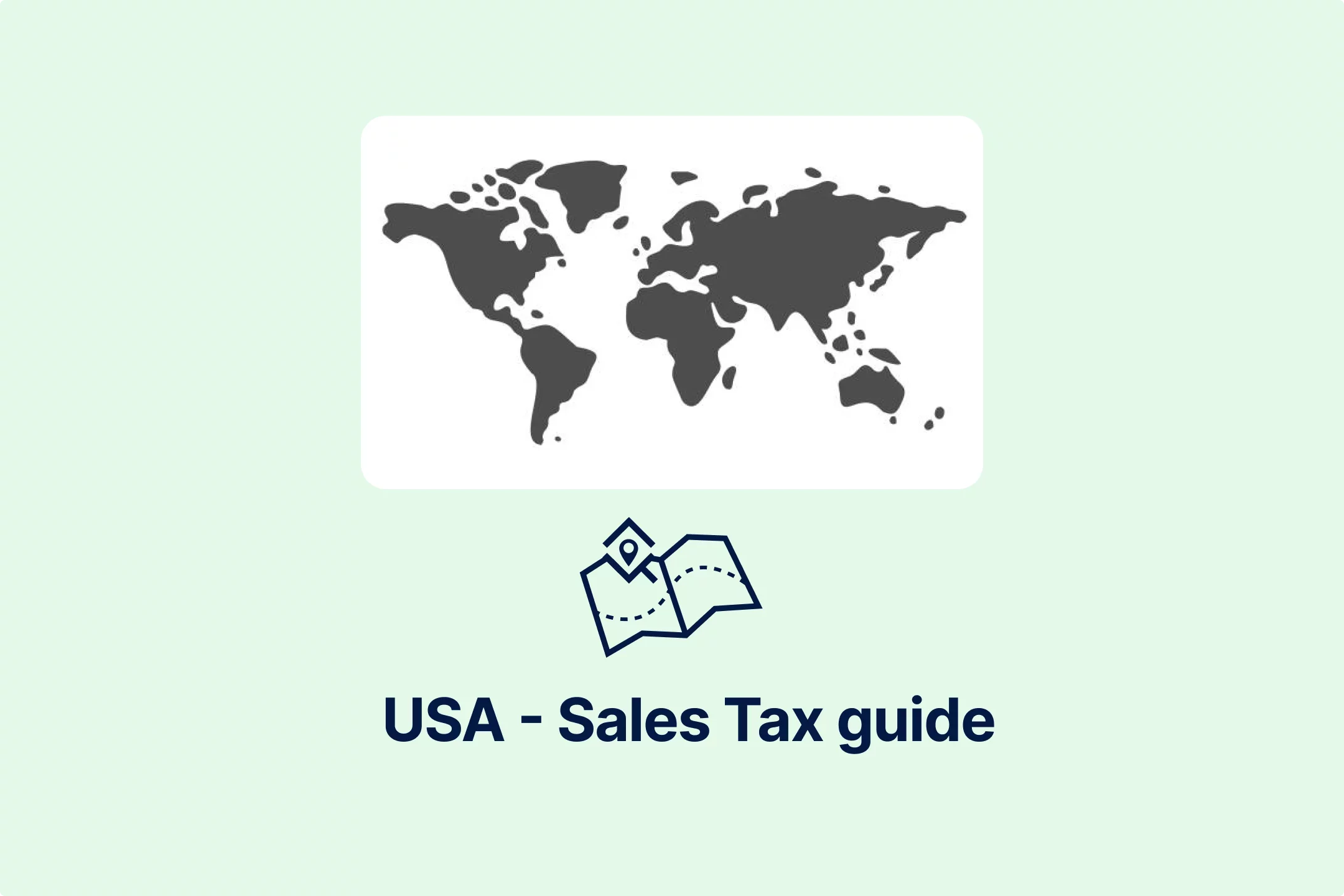

-de8hdb1bn3.webp)
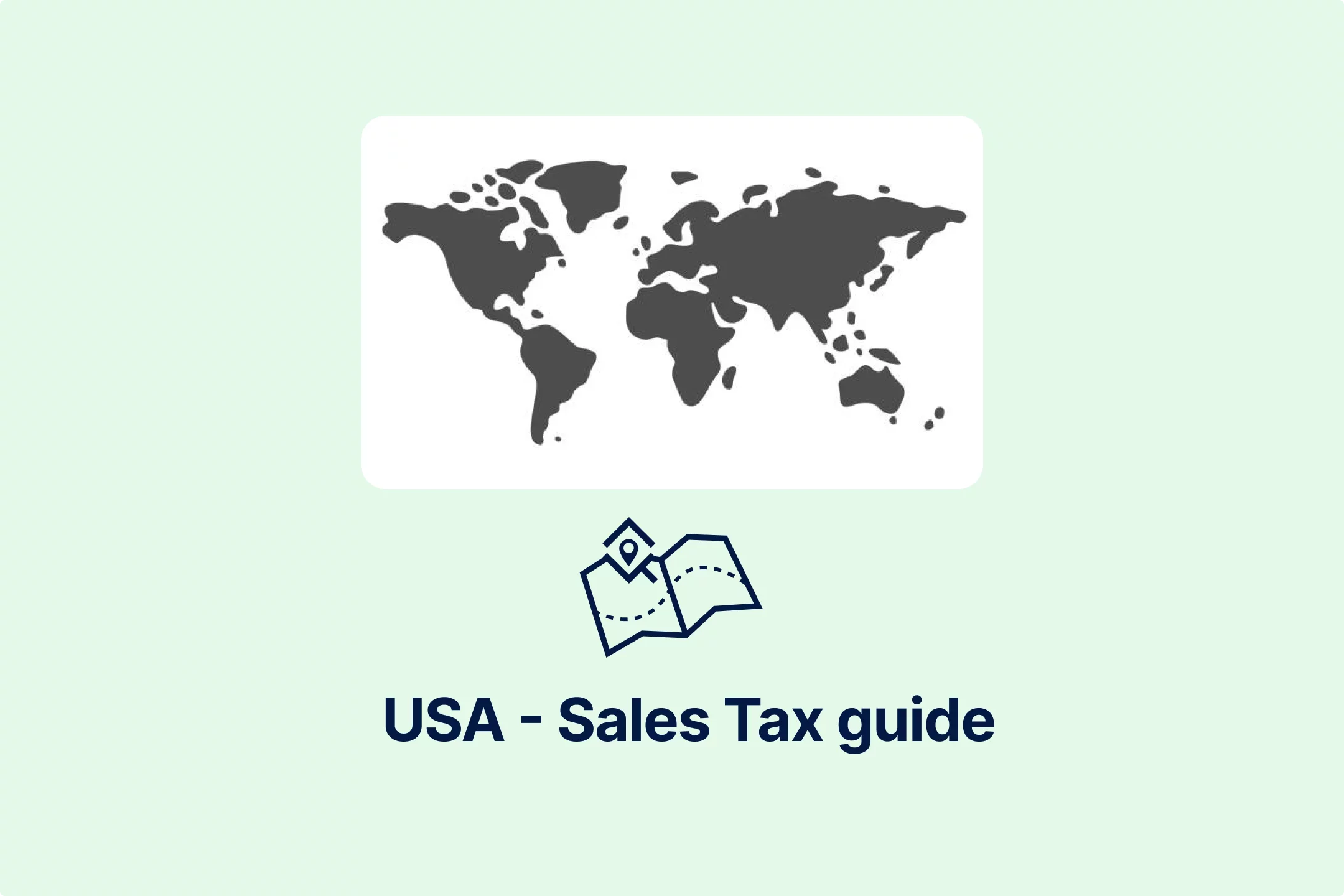
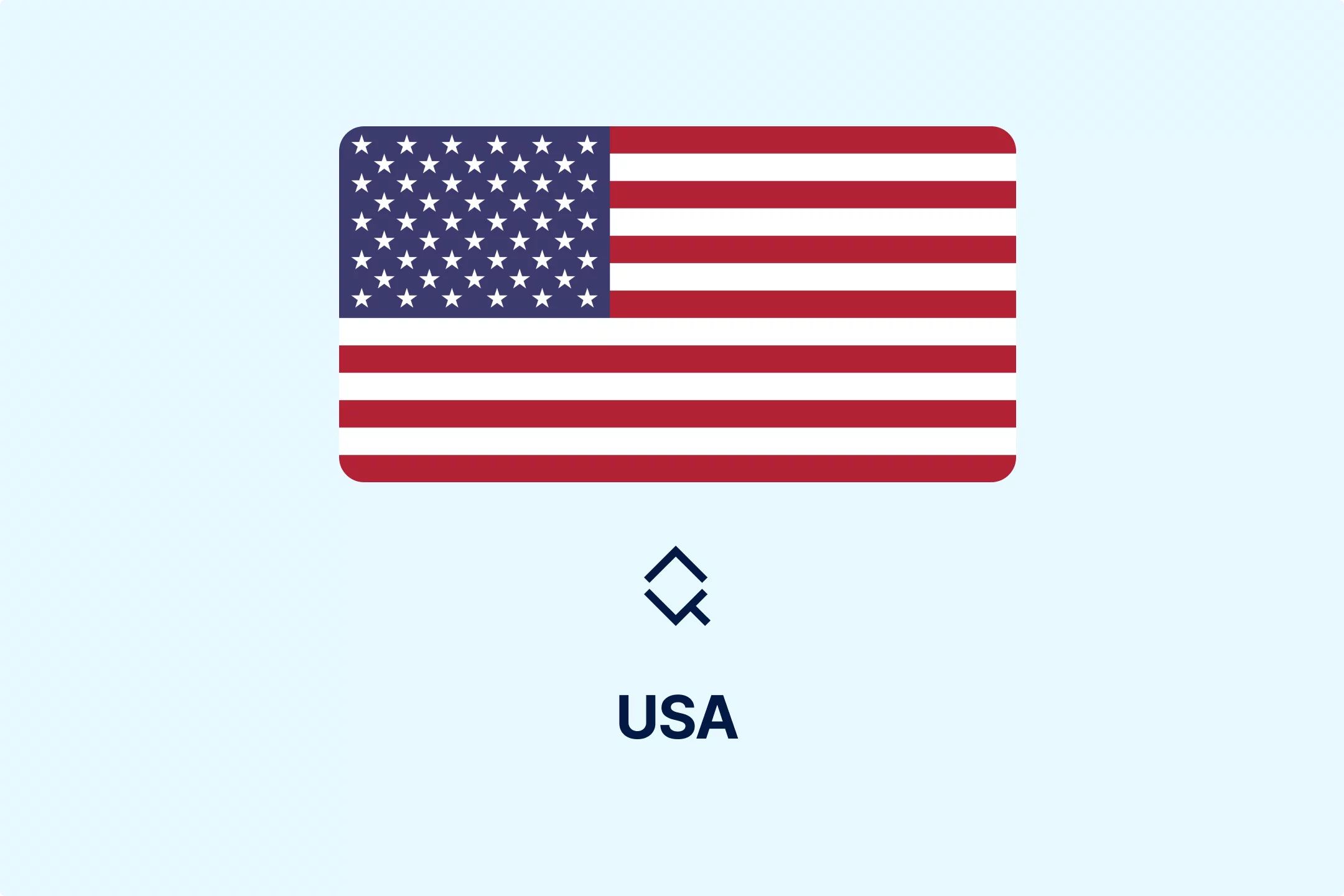






-xbhr0m4jsb.webp)


-ae6fi6cjox.webp)



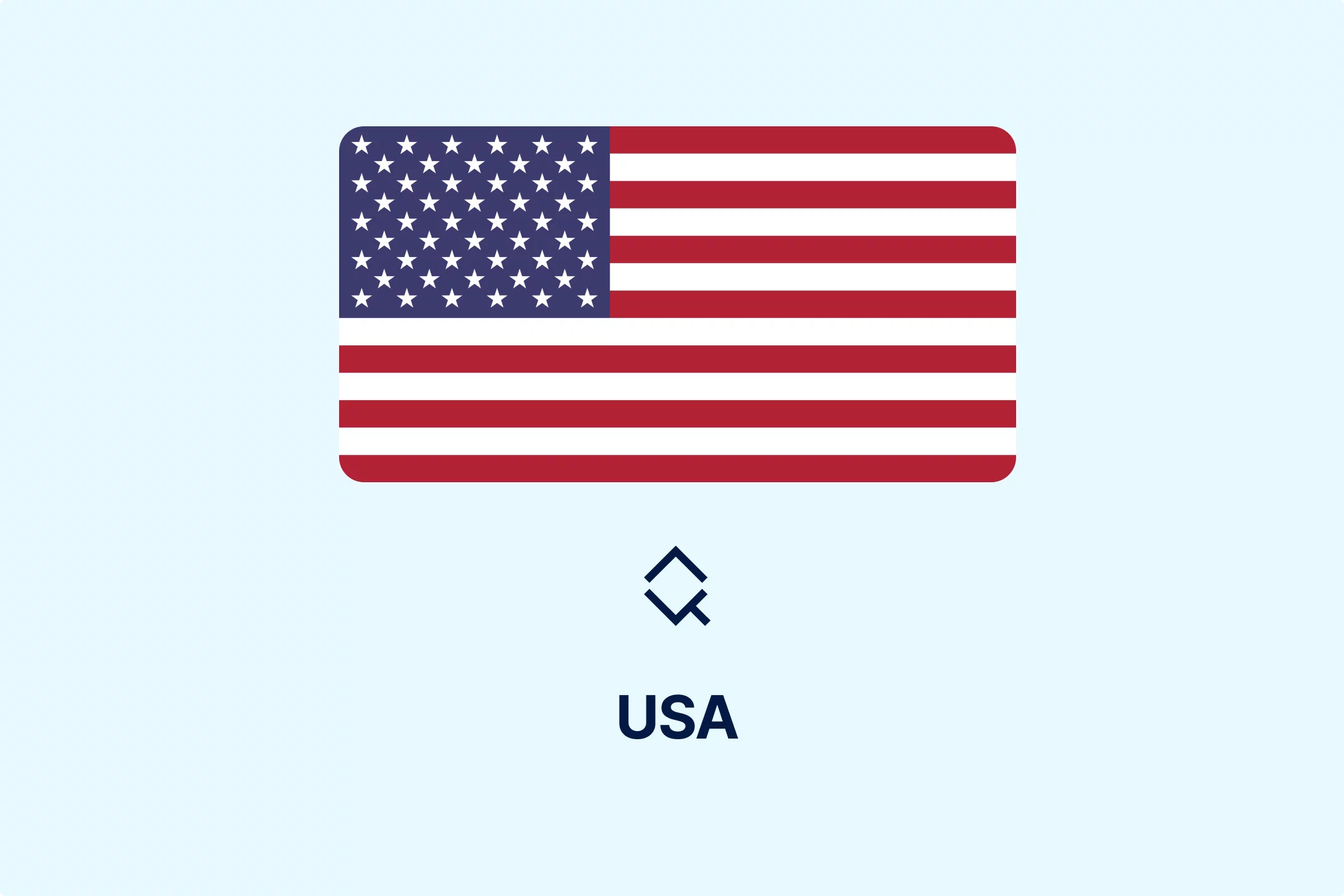










-b0fpsws1w1.webp)





















-x78wuofpzj.webp)
















-b44f1vjl1i.webp)

-priw8nq5xc.webp)


.png)

.png)






























